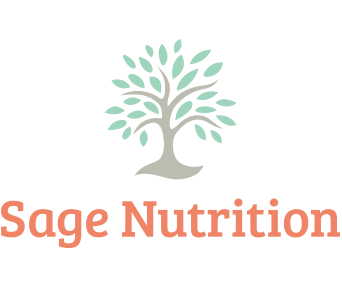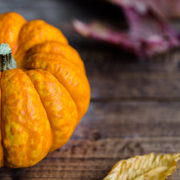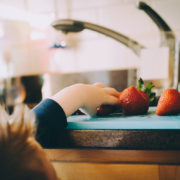Surviving Thanksgiving
Thanksgiving. A word that brings anticipation and excitement to the ears of millions Americans across the country, rings thoughts of anxiety in my head.
“How on Earth will I possibly be around my family, friends, and FOOD, with enough control to not gain 15 pounds! Aunt Deb is bound to bring pumpkin pie. I know my family will be watching to make sure I eat appropriately according to their expectations.”
Those are all thoughts that, years ago, would have been swirling around in my head days, even weeks leading up to the fourth Thursday of November. But not anymore. You see, it took eight years of mental healing for me to feel comfortable about attending a holiday family gathering that involved food. Thanksgiving might possibly be the most anxiety-ridden holiday of the year for those who struggle with food, for the simple purpose of that it revolves, almost entirely, around food. It’s custom and even appropriate for people to stuff themselves silly, and if you are the only person in the room known to have a less than optimal relationship with food, it can feel like all eyes are on you. For someone who is challenged by eating in social situations, this can cause even more anxiety added onto the meal alone. So, in preparation for what should be a wonderful day with family and friends, I’ve put together a Thanksgiving Day Tip Guide for how to approach this time with as little stress as possible.
- Do not under eat before the meal, in order to “save calories” for the big day. This can cause you to feel so hungry, that you actually end up over eating at the meal.
- Do not avoid foods you really enjoy because they are deemed “unhealthy.” Every food on the planet provides energy in the form of calories. Your body NEEDS (not wants) calories. You should feel zero guilt by enjoying pumpkin pie, mashed potatoes, turkey, and any other food you want for your Thanksgiving meal. These foods, along with every food offered at your Thanksgiving, has calories in the form of protein, carbohydrates, and fat that your body needs.
- Eat until you are full. This can be a challenging concept for those who have struggled with food in the past. I have been challenged by this as well. After dieting for so long, I forgot what it feels like to feel full vs. stuffed. Sometimes, your body will feel full after about ten minutes following your meal. My advice? Eat the food you initially chose for yourself, and if ten minutes after your meal, you still feel hungry? Enjoy some more food!
- Lastly, Life is more than food. It is more than counting every calorie and macro-nutrient on Thanksgiving to avoid feeling guilt. Enjoy this time with your loved ones. Life is short, and we all too often forget that. This one day of eating intuitively will not ruin any goal or progress you have made for yourself in regards to your relationship with food. So, take a breath, laugh, tell stories, eat good food, and count your blessings! :


